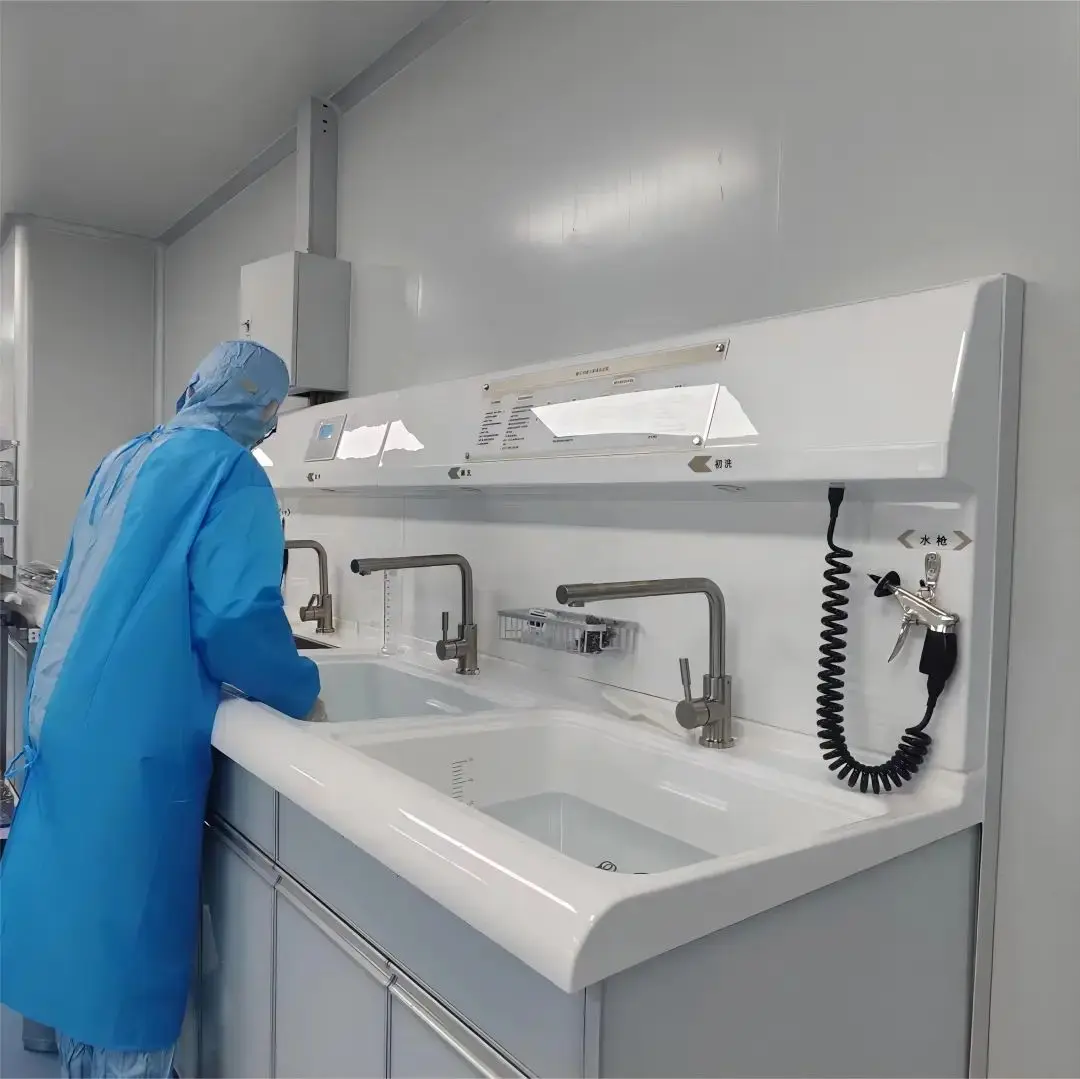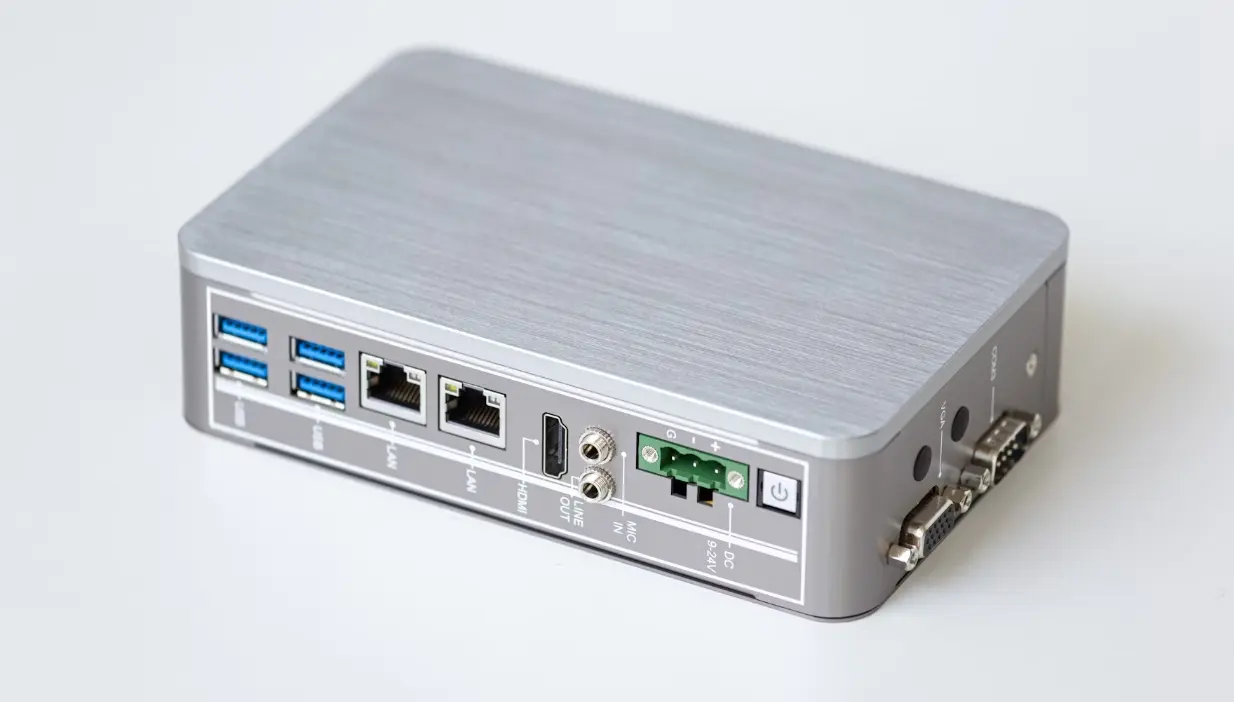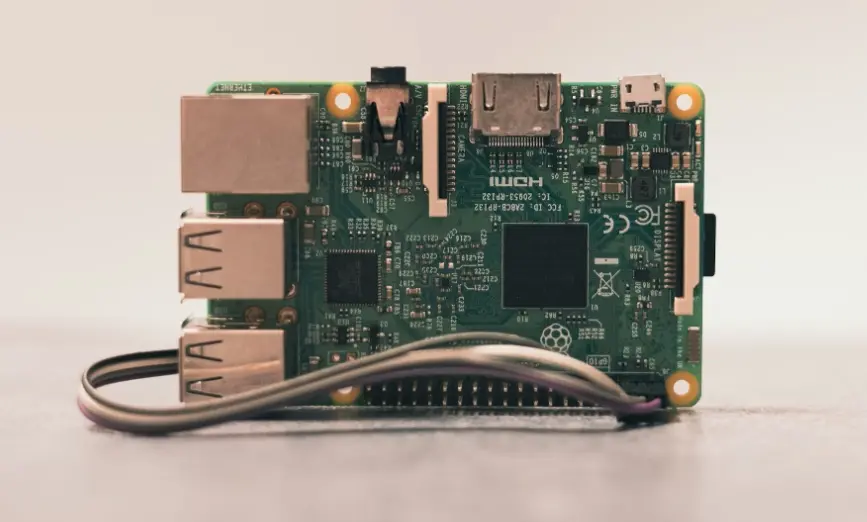
Children's Clothing Safety Regulations in the USA
In 2024, the U.S. children's clothing market reached a revenue of $53.78 billion. Children's apparel exported to the U.S. must comply not only with the Flammable Fabrics Act (FFA) flammability standards and the Federal Hazardous Substances Act (FHSA) technical safety regulations, but also with specific requirements concerning lead content in clothing and textiles, screen printing, small parts, and drawstrings.
Regulations on Lead Content in Clothing and Textiles
Certain components of textile products, clothing, and clothing accessories must meet limits on total lead content and lead in surface coatings.
- Buttons, snaps, metal grommets, and zippers must comply with total lead content limits.
- Painted buttons and snaps, painted zippers, heat-transfer prints, and screen prints are subject to surface coating lead limits.
- Inaccessible lead-containing components are exempt.
- Component Testing:
16 CFR Section 1500.91 lists determinations made by CPSC staff identifying certain materials as not exceeding lead content limits. This includes dyed or undyed textiles, non-metallic threads, and decorative trims used in children's apparel and textile products. Third-party testing is currently not required.
Regulations on Screen Printing
- Screen printing is generally considered a surface coating and is subject to the lead limit for paints and surface coatings (90 ppm).
- Compliance and Testing: Testing must be conducted on the finished product by a CPSC-accepted laboratory. Alternatively, component testing results or a Children’s Product Certificate (CPC) from the supplier of the printing ink, paint, or dye may be accepted.
- For screen printing on sleepwear for children aged 3 and under (classified as children’s care items), phthalate regulations also apply.
Regulations on Small Parts in Clothing
CPSC regulations regarding small parts for products intended for children under 3 years of age aim to prevent injuries or fatalities caused by choking hazards.
- For children’s clothing and accessories: Fabrics and buttons are exempt from small parts testing requirements. Buttons and other fasteners do not need to be tested as small parts but must be securely attached.
- If buttons become loose due to poor workmanship and pose a substantial product hazard, it must be reported to the CPSC.
Regulations on Drawstrings
If a drawstring on a child’s upper outerwear gets caught or pulled, it can pose a serious risk of entanglement, injury, or even death.
- In 2012, the CPSC determined that drawstrings on children's upper outerwear pose a substantial product hazard and issued 15(j) guidance under the Consumer Product Safety Act.
- Children's upper outerwear sold in the U.S. must comply with the voluntary safety standard ASTM F1816, the Standard Consumer Safety Specification for Drawstrings on Children's Upper Outerwear.
Drawstring Restrictions:
- Drawstrings are not allowed in the hood and neck area of children’s upper outerwear sized 2T to 12.
- Waist and bottom drawstrings on upper outerwear sized 2T to 16 must meet specific requirements.
These are the key regulations for children’s clothing and textile products exported to the U.S. Manufacturers, retailers, and cross-border sellers of children's apparel must stay updated with U.S. government policies on apparel imports to ensure compliance with relevant rules and standards.
Email:hello@jjrlab.com
Write your message here and send it to us
 EU 2.4G Products CE-RED Directive
EU 2.4G Products CE-RED Directive
 Cytotoxicity Analysis (CCK-8 Method)
Cytotoxicity Analysis (CCK-8 Method)
 Disinfection Validation for Reusable Medical Devic
Disinfection Validation for Reusable Medical Devic
 ASTM F3208-2020 Testing Laboratory
ASTM F3208-2020 Testing Laboratory
 Reprocessing of Reusable Medical Devices ISO15883
Reprocessing of Reusable Medical Devices ISO15883
 Wireless Product Certification Guide
Wireless Product Certification Guide
 TISI Certification for Hair Dryers in Thailand
TISI Certification for Hair Dryers in Thailand
 Thailand TISI Compliance Certification Reminder
Thailand TISI Compliance Certification Reminder
Leave us a message
24-hour online customer service at any time to respond, so that you worry!




